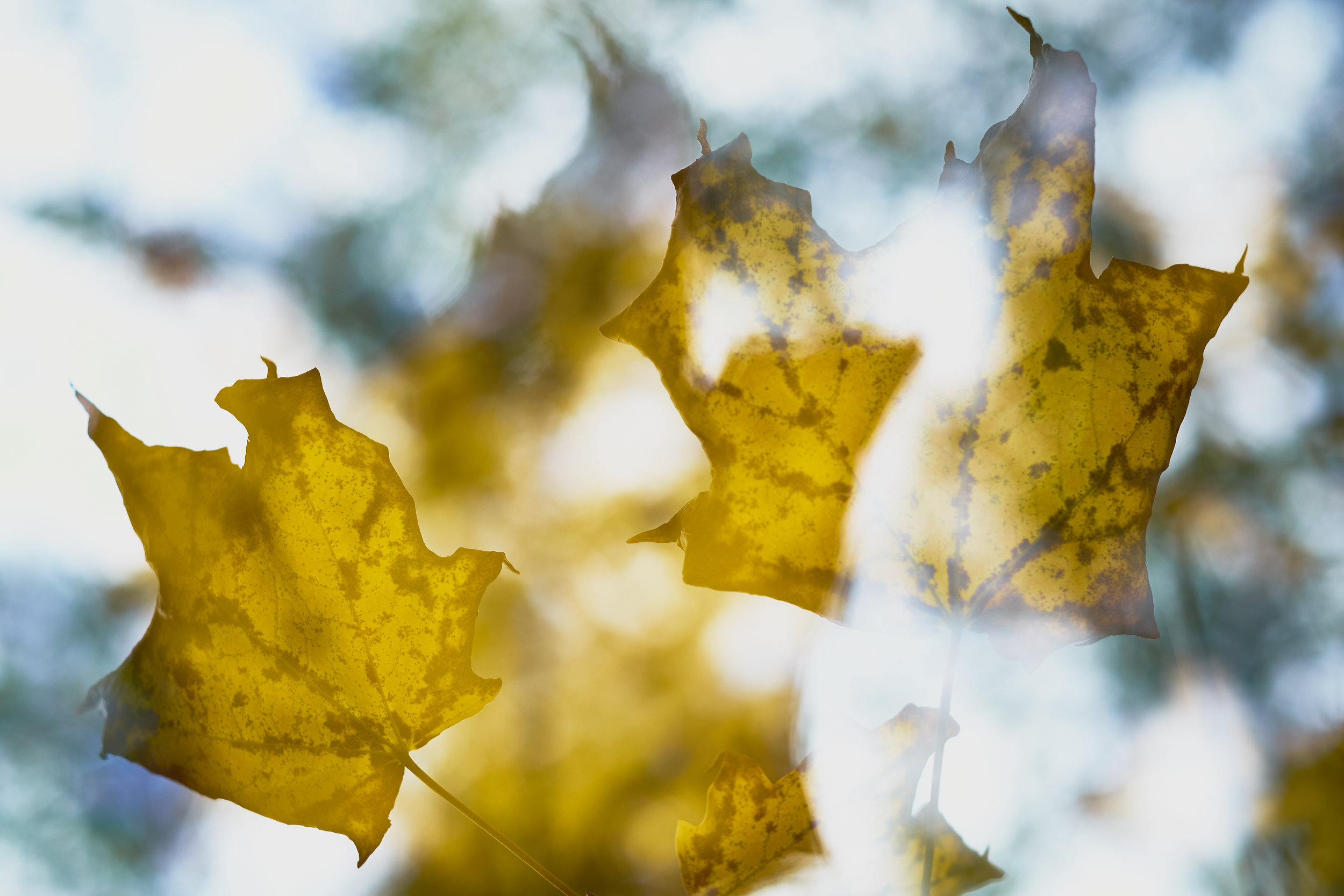I sometimes have a hard time finding subjects to photograph close to home. I hear it's fairly common, though: it's easy to get inspired on holiday when every corner brings new sights and fresh experiences. Who doesn't come home without a ton of images to process or get developed?
After the holiday, it can be a different story. You've seen all the local "sights," such as they are, a hundred times or more and they just don't excite your imagination. Over time your little neighbourhood or town can seem a bit dull.
So, what's to be done? After all, we can't all live in the visual smorgasbords of London, Paris or New York. (And perhaps Londoners, Parisians and New Yorkers get bored, too.)
This year, my response will be to discipline my imagination. If William Eggleston could spend a large chunk of his career documenting the everyday in Memphis, I should be able to find interesting subjects in Canada's National Capital Region.
And if I can't find them, I'll make them up. And if there are people nearby, I'll shoot portraits. If there is scenery nearby, I'll shoot landscapes. If there is an event or festival nearby, I'll shoot crowds and movement and noise. If there is colour, texture or pattern nearby, I'll shoot that. If the weather is lousy, I'll shoot atmosphere and mood. And if what's in front of me is common and mundane, I'll shoot it like a tourist. If there's nothing in front of me, I'll dream something up.
After all, the things that catch my attention when I'm on holiday are always part of someone else's daily routine. The boulangerie that attracted me in Lagnieu, France is just the place where the locals buy their bread -- the only thing out of the ordinary was my state of mind. So my motto for this year will be: imagine globally... shoot locally!
In that spirit, I offer this selection of images that I took in our town while scouting out locations for the recent Scott Kelby Worldwide Photowalk. I've brought my imagination back from holiday and will apply it in new ways here at home.
Let me know if you decide to do the same.






























































































